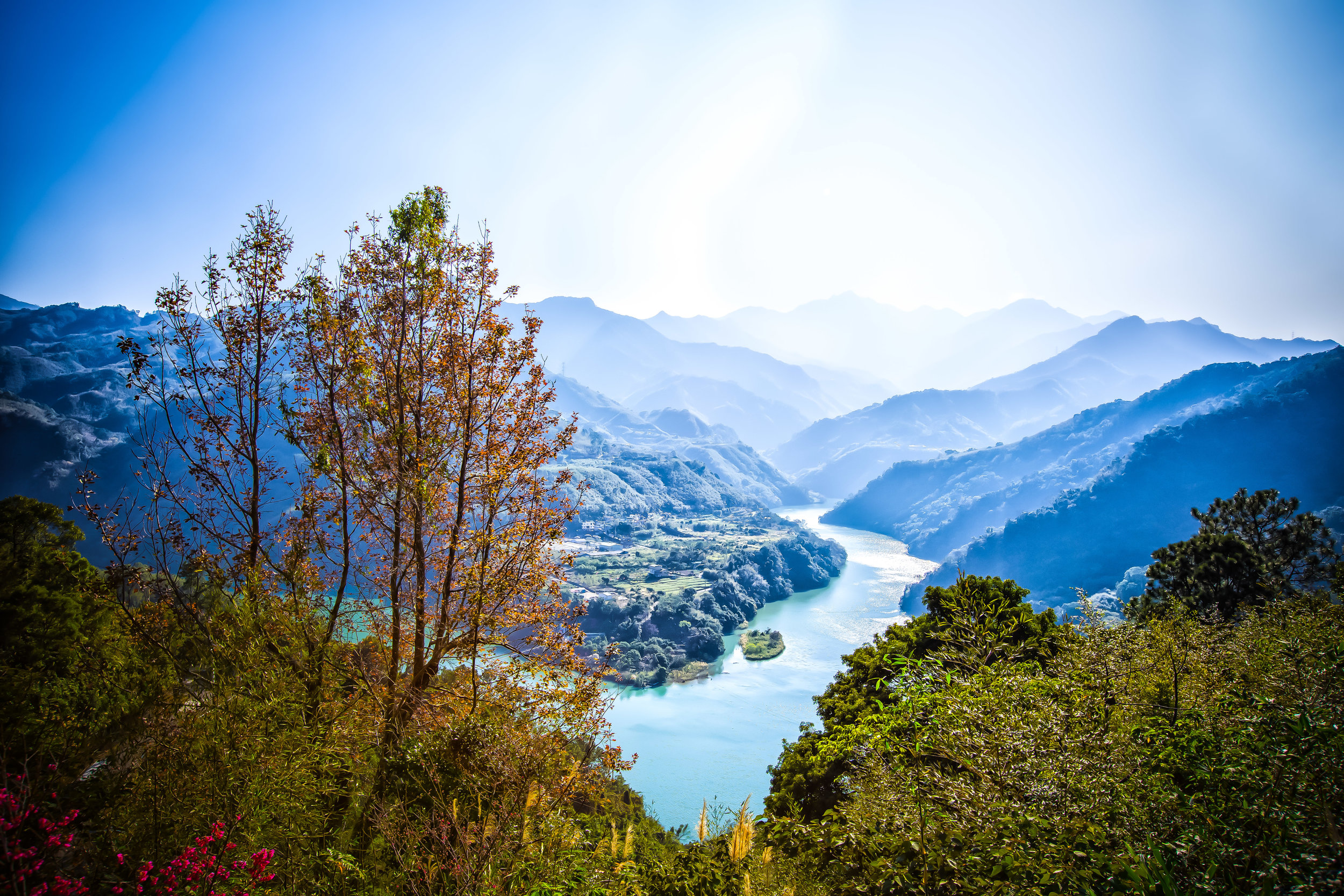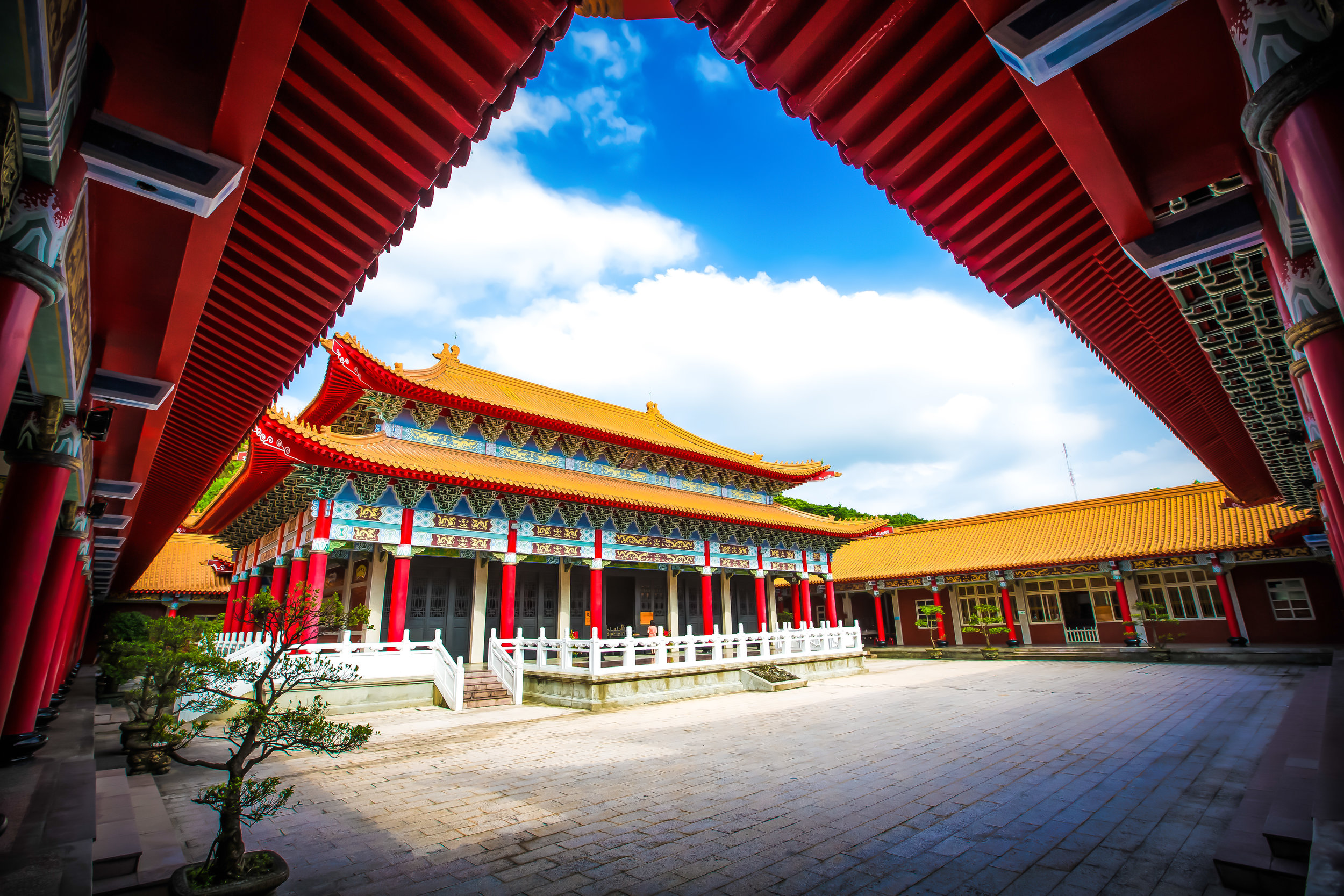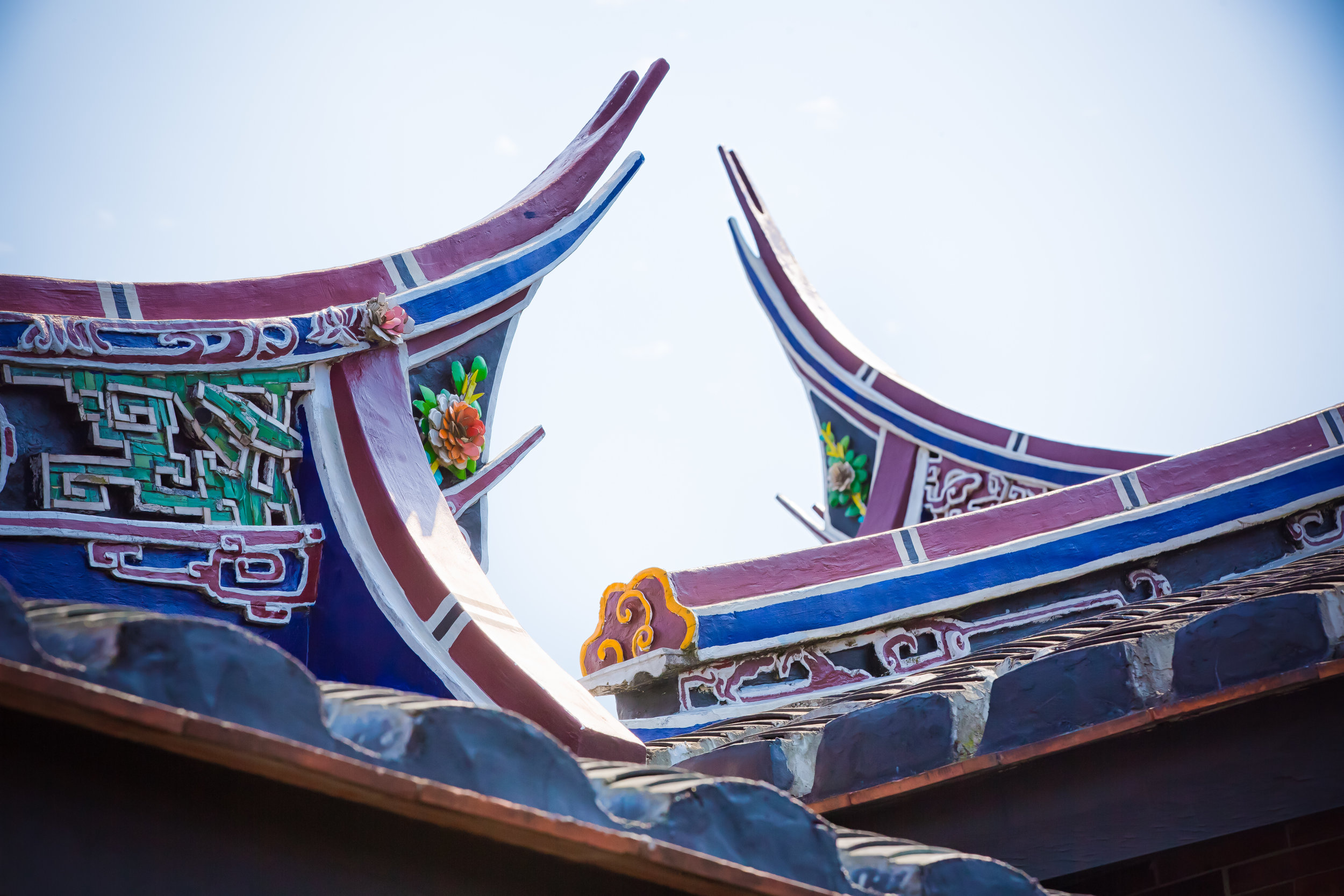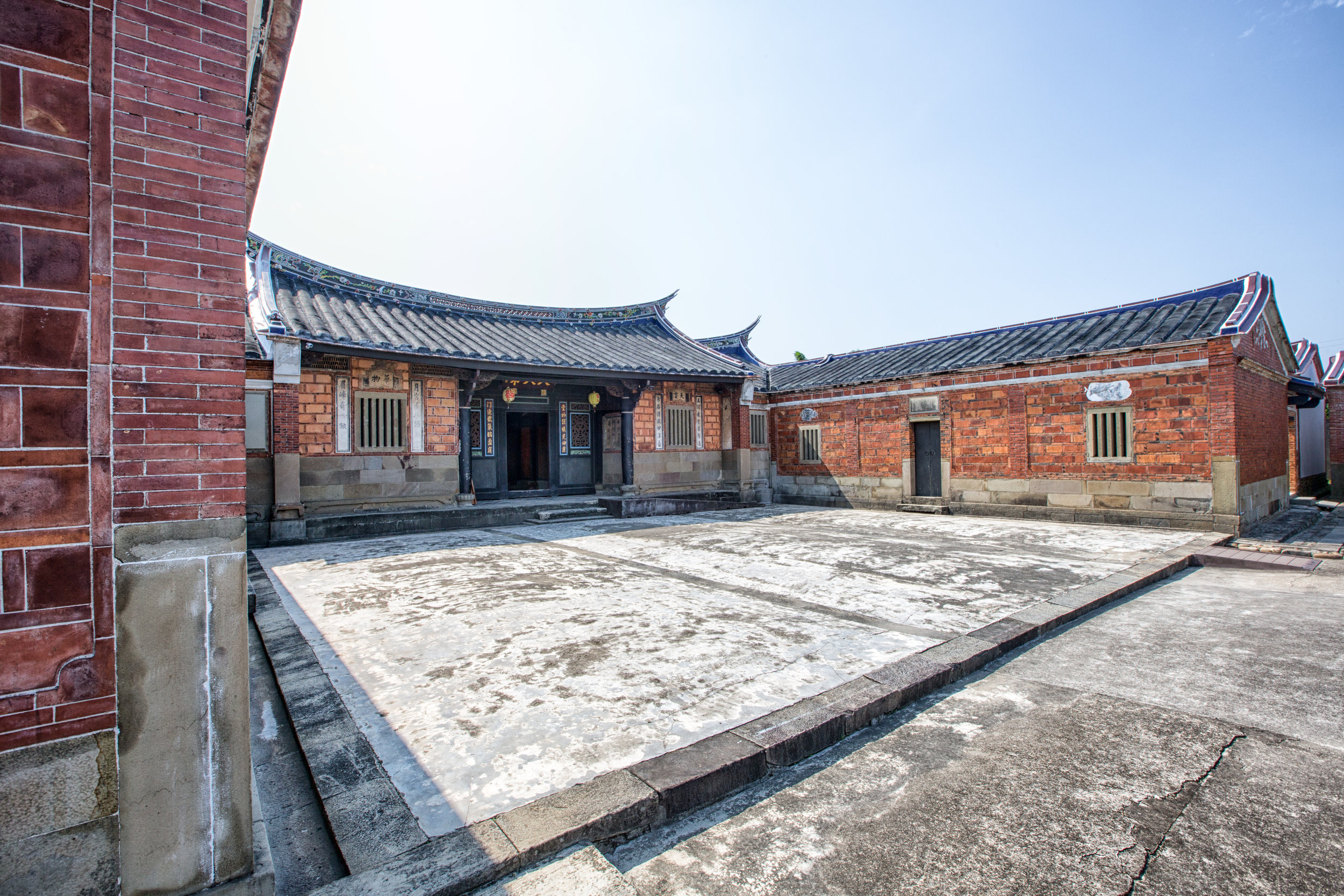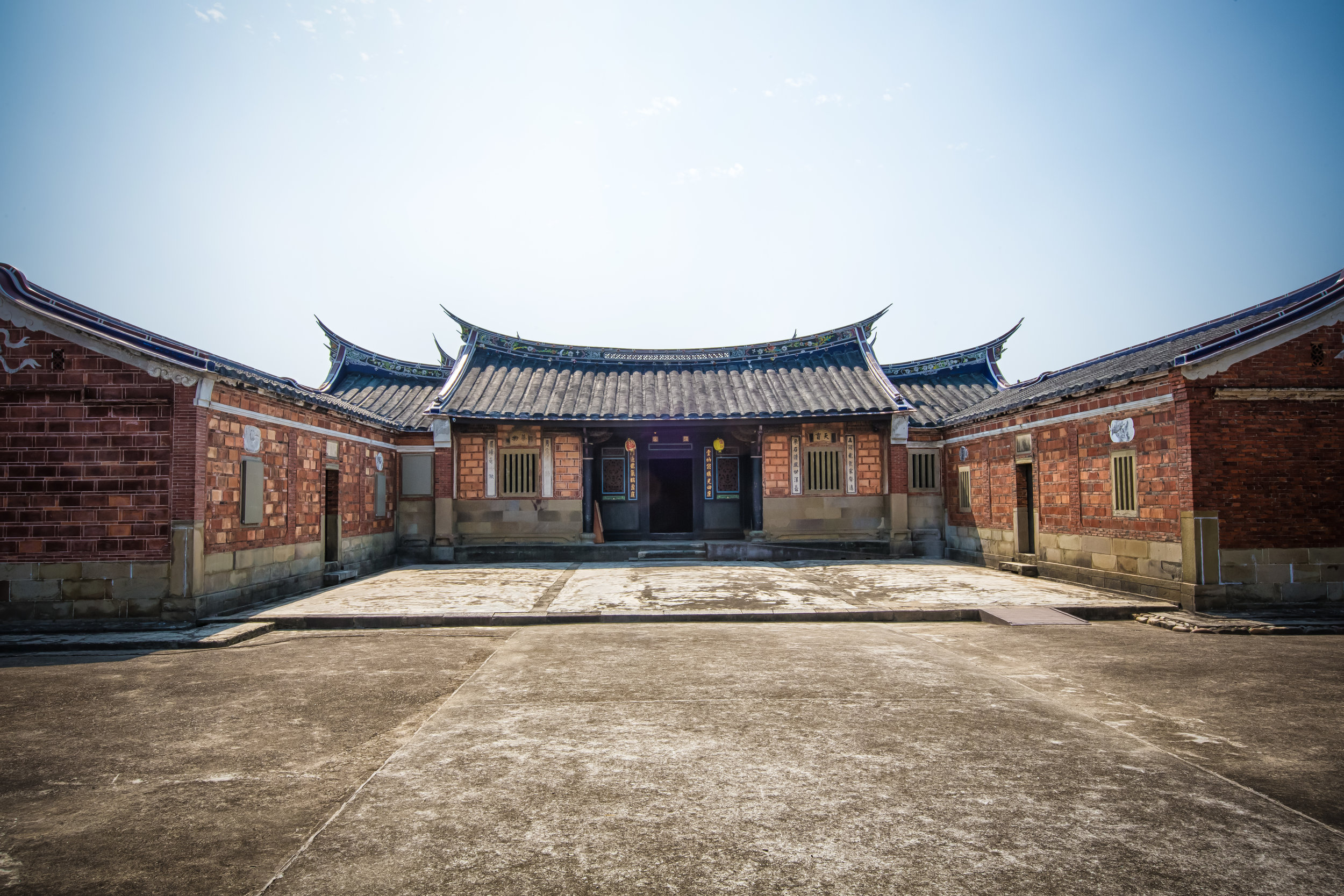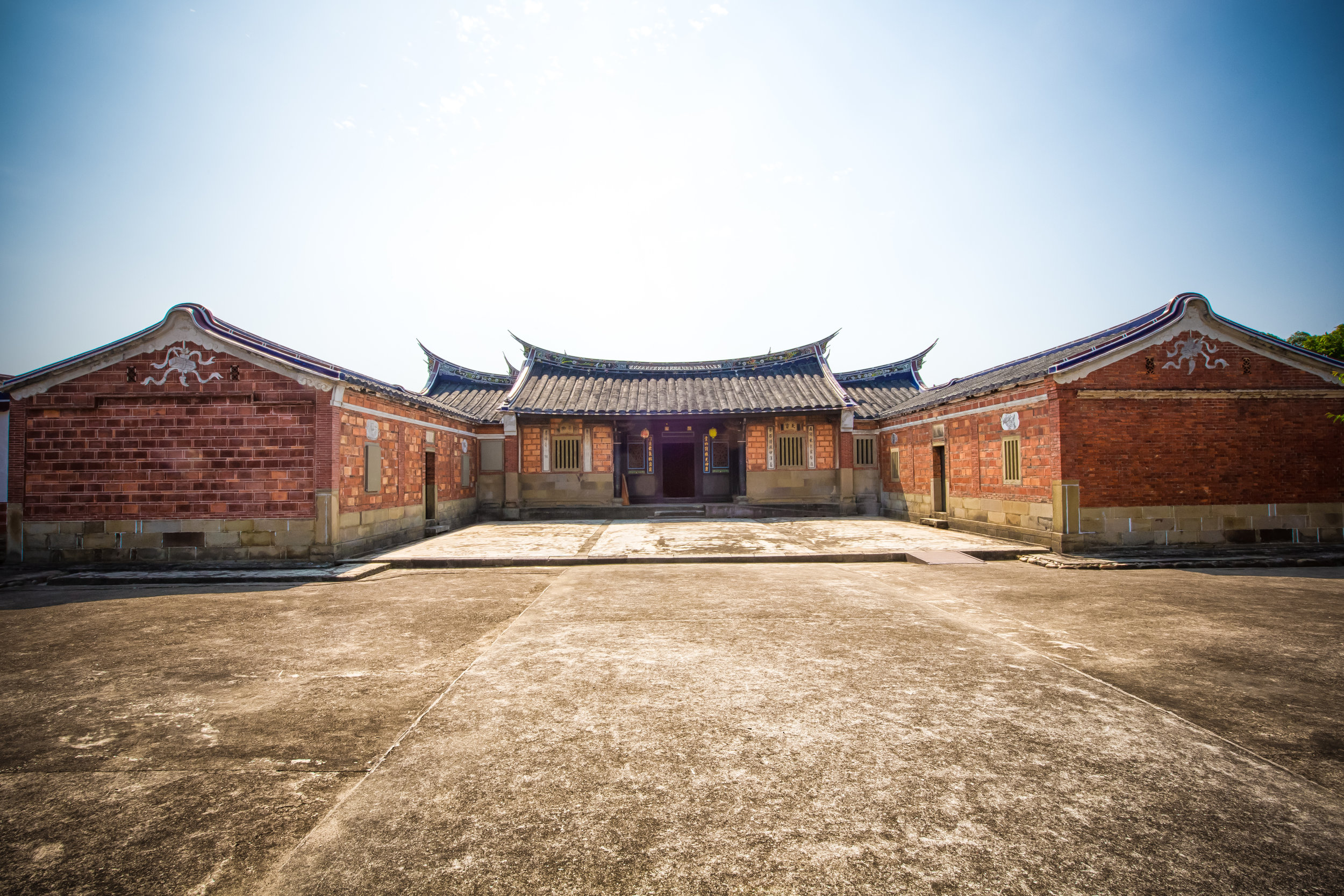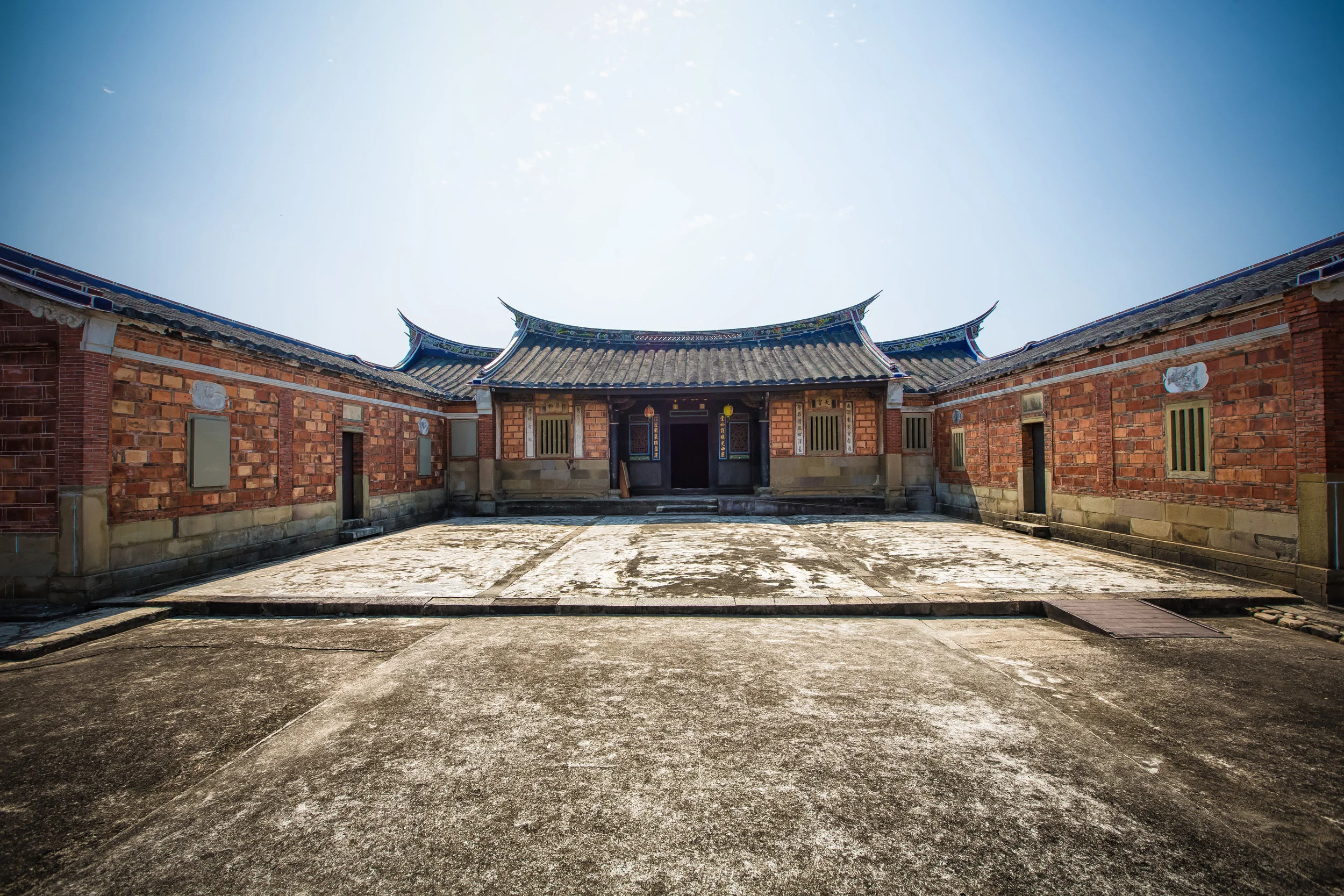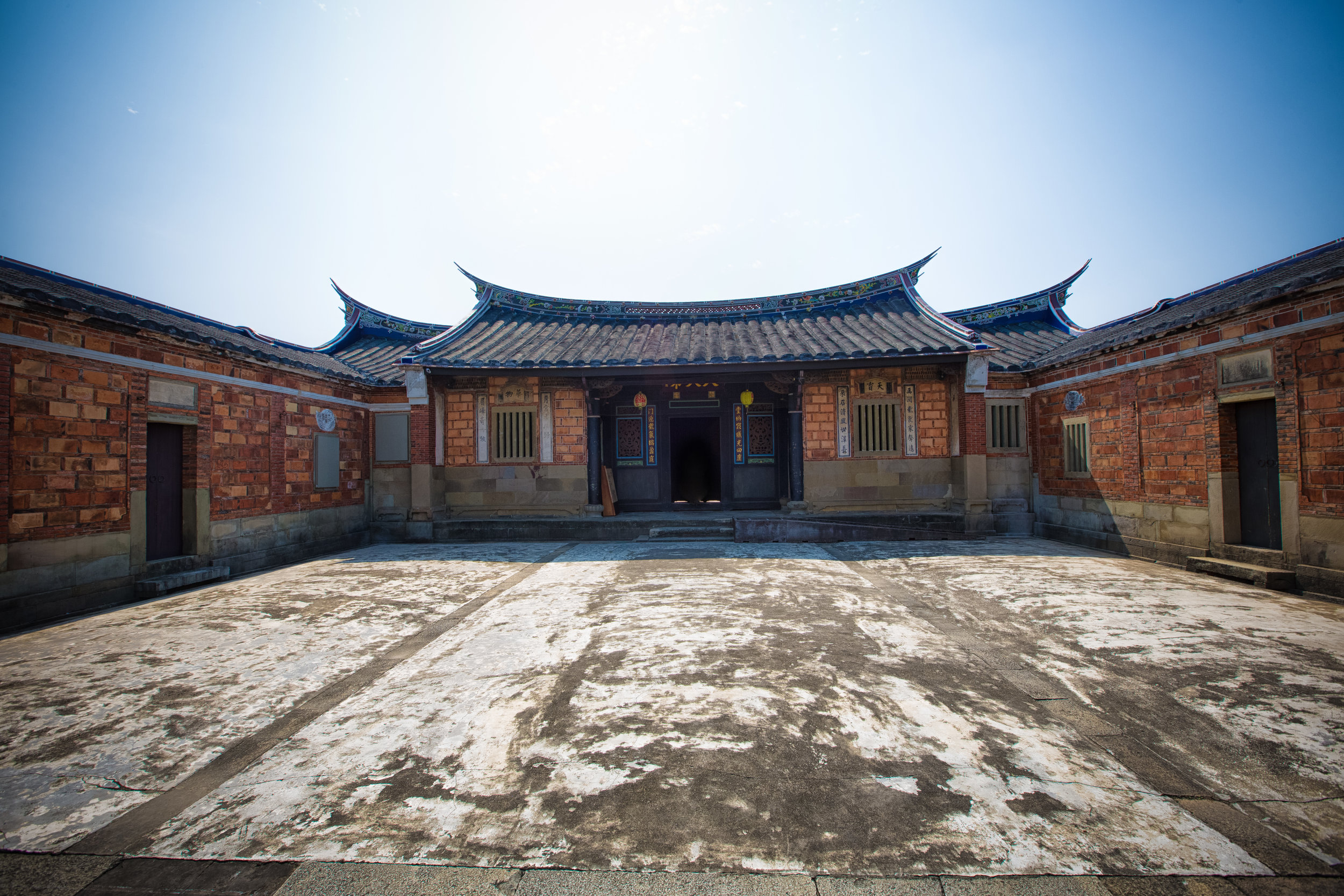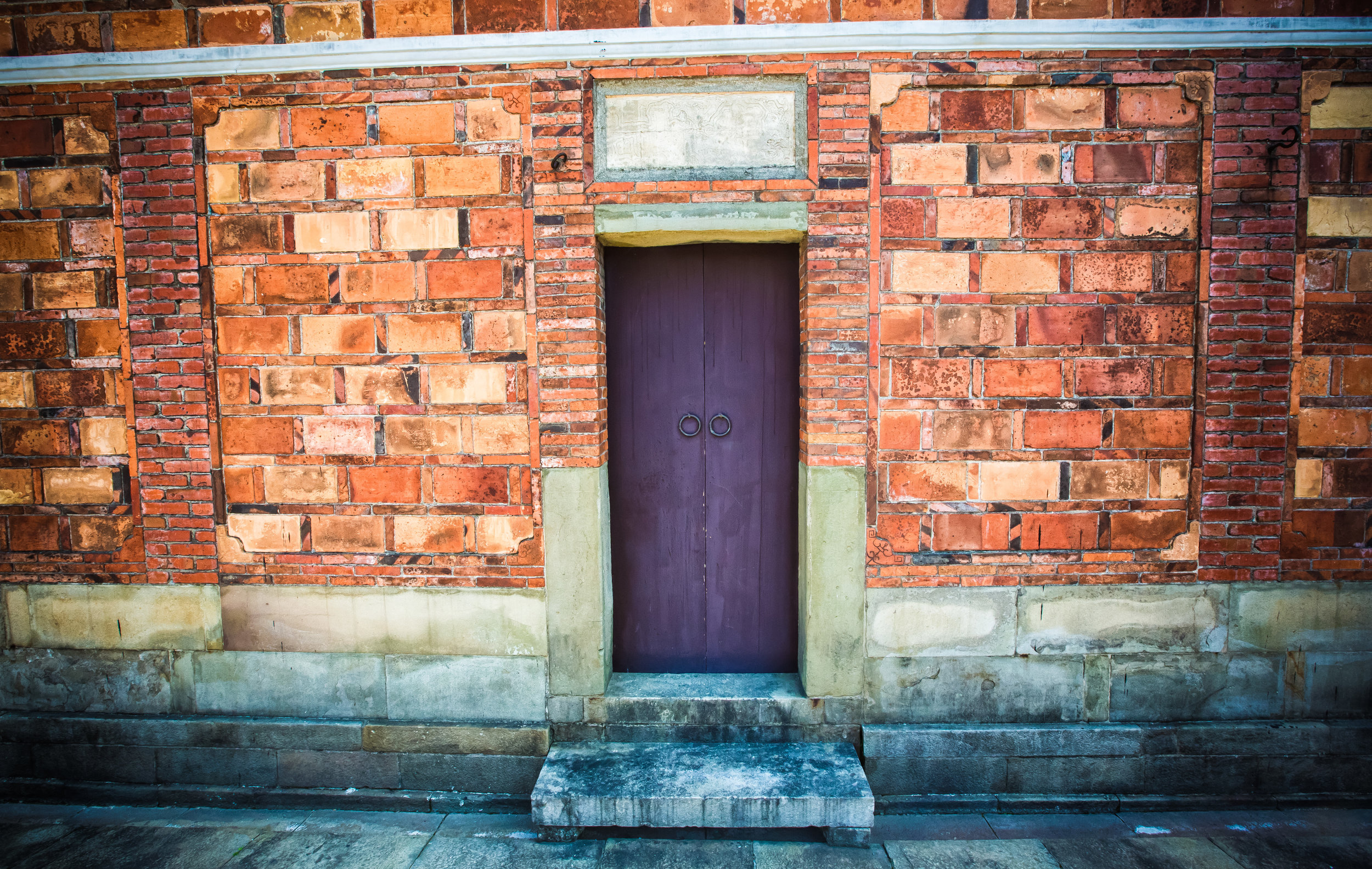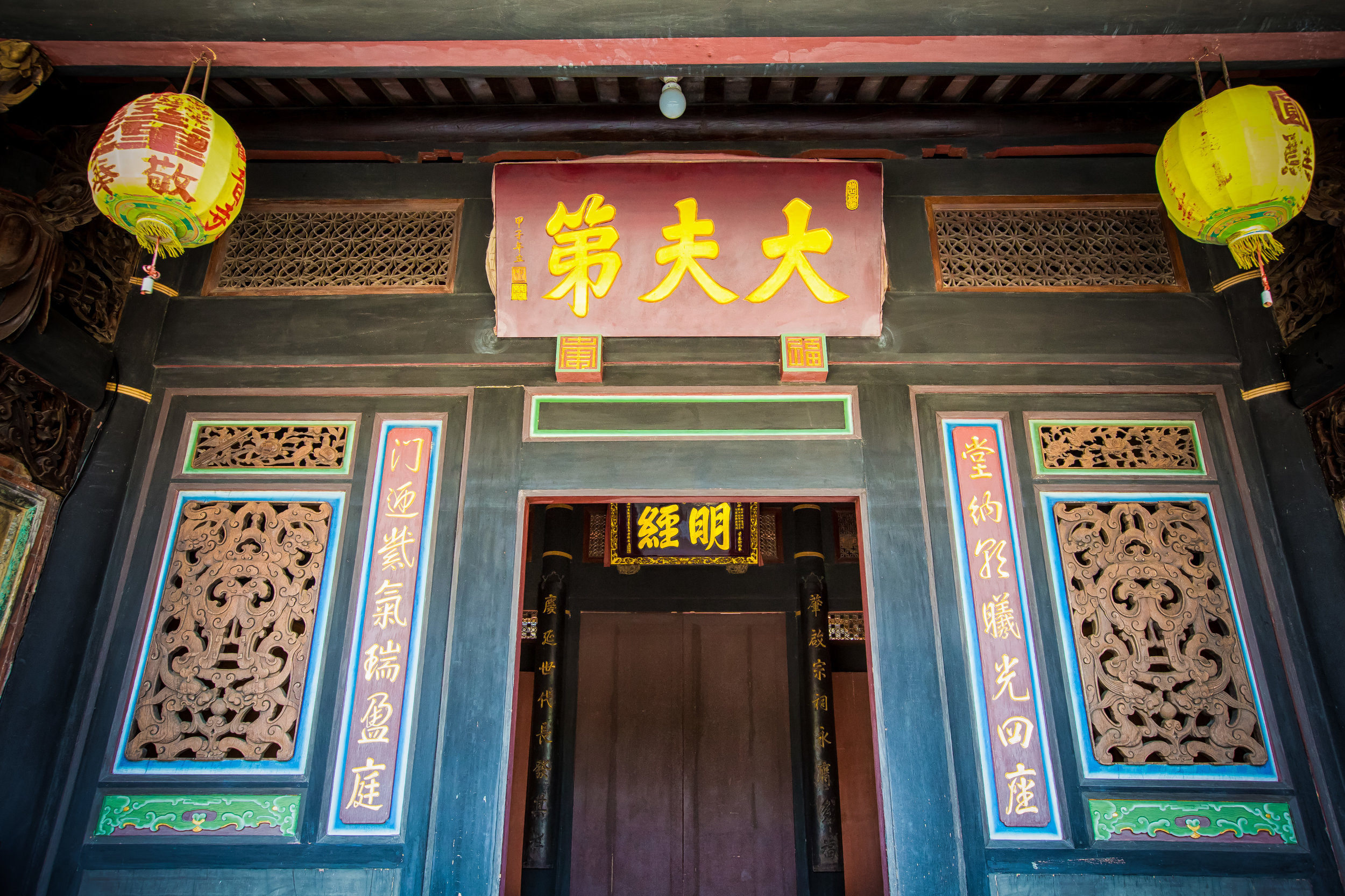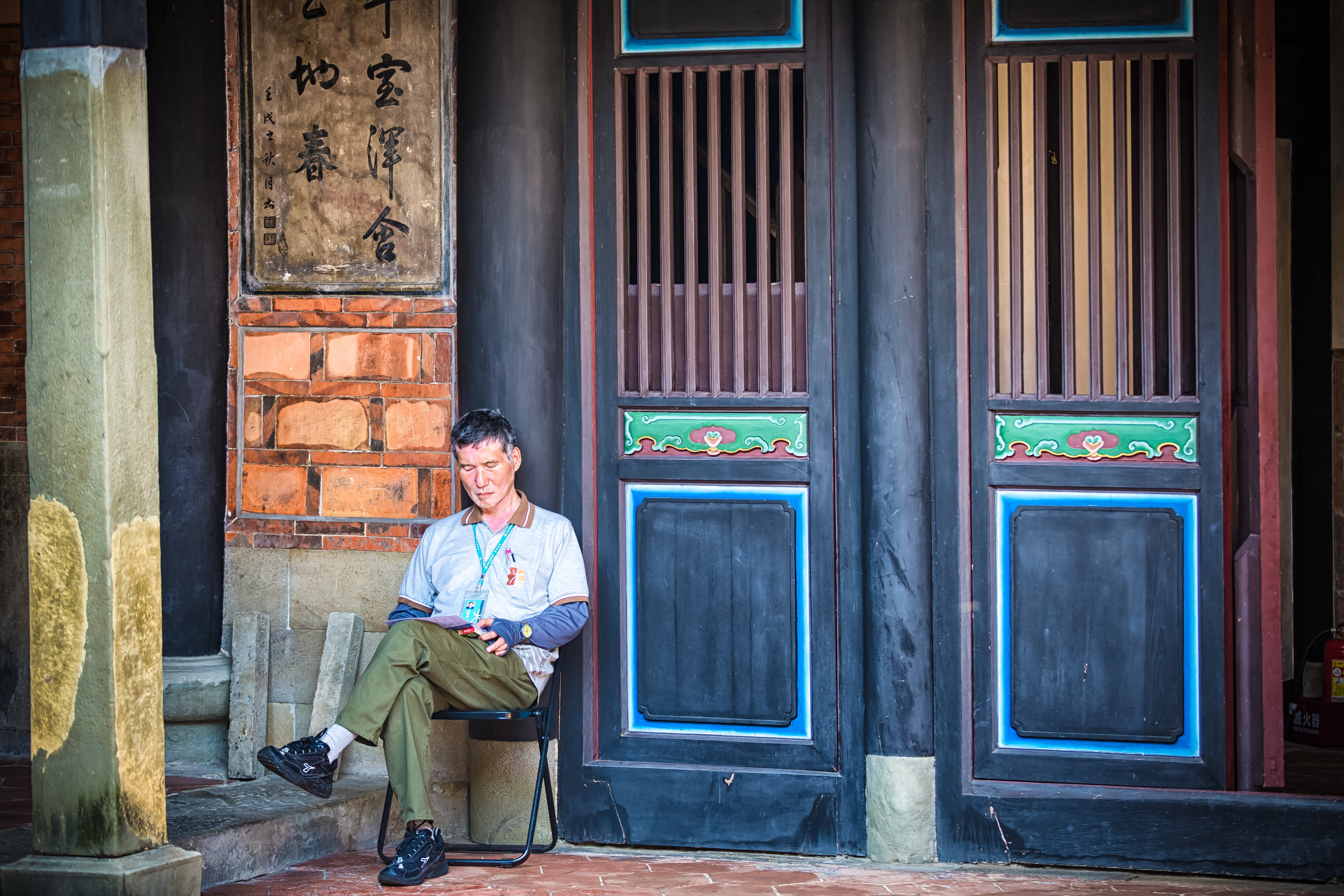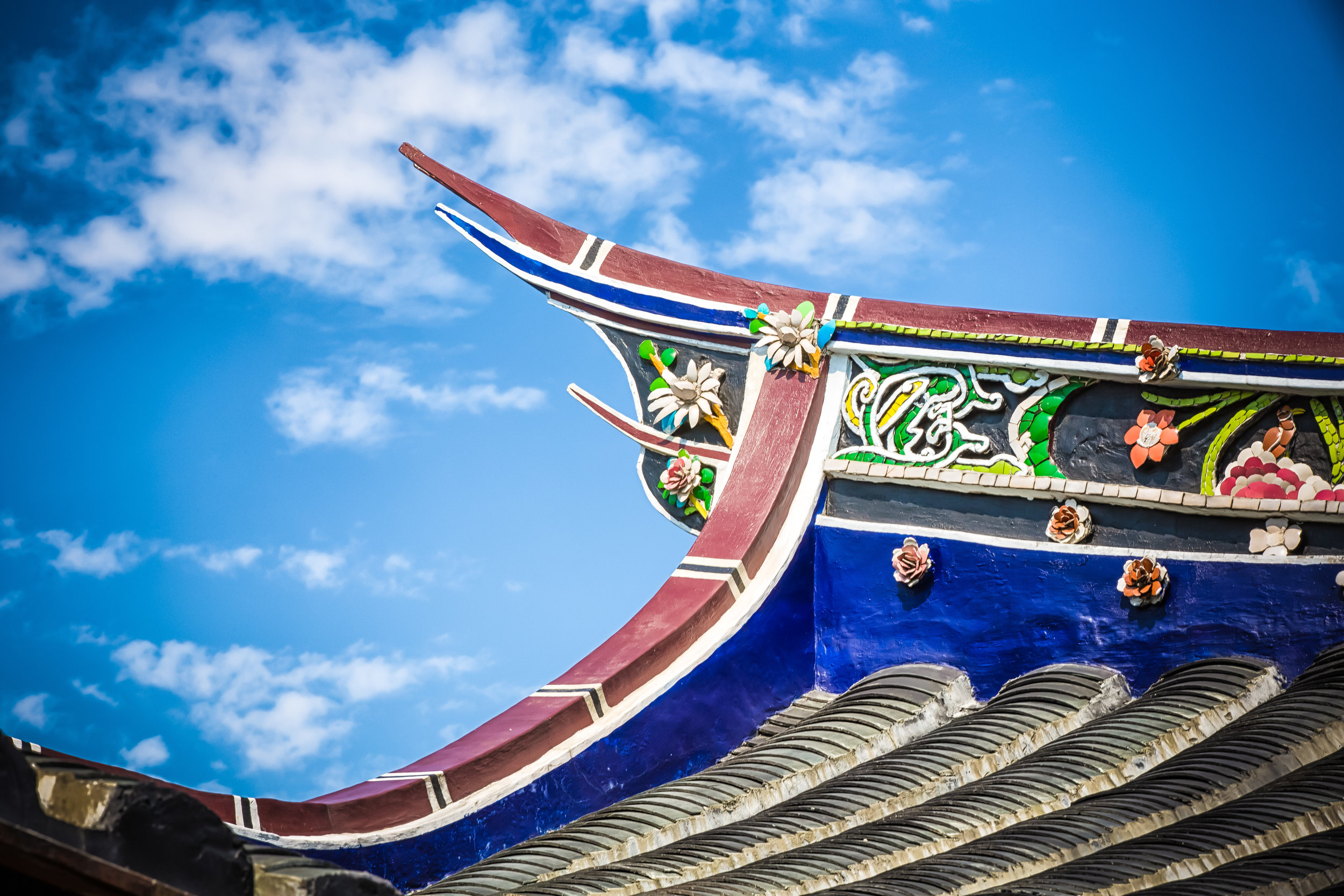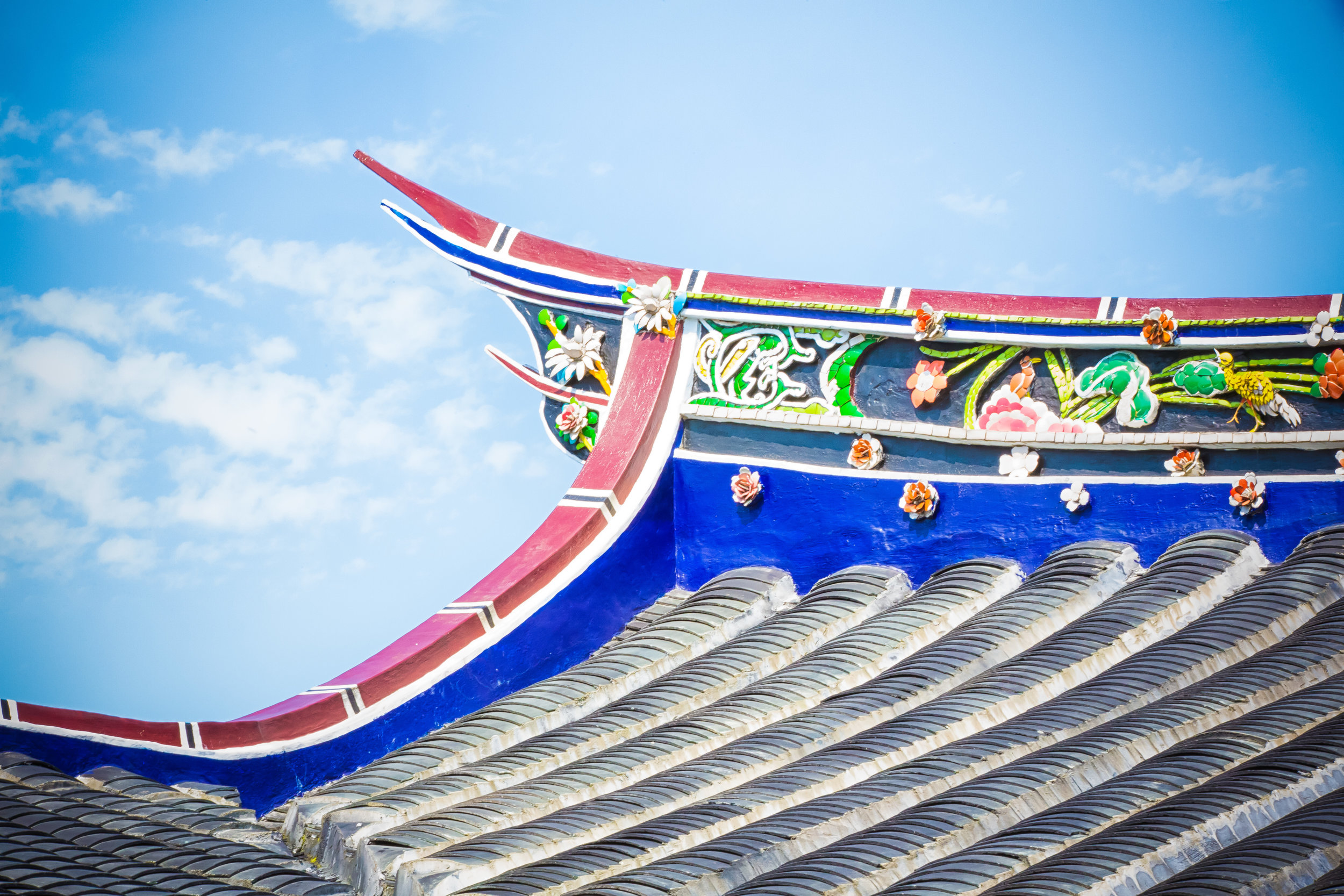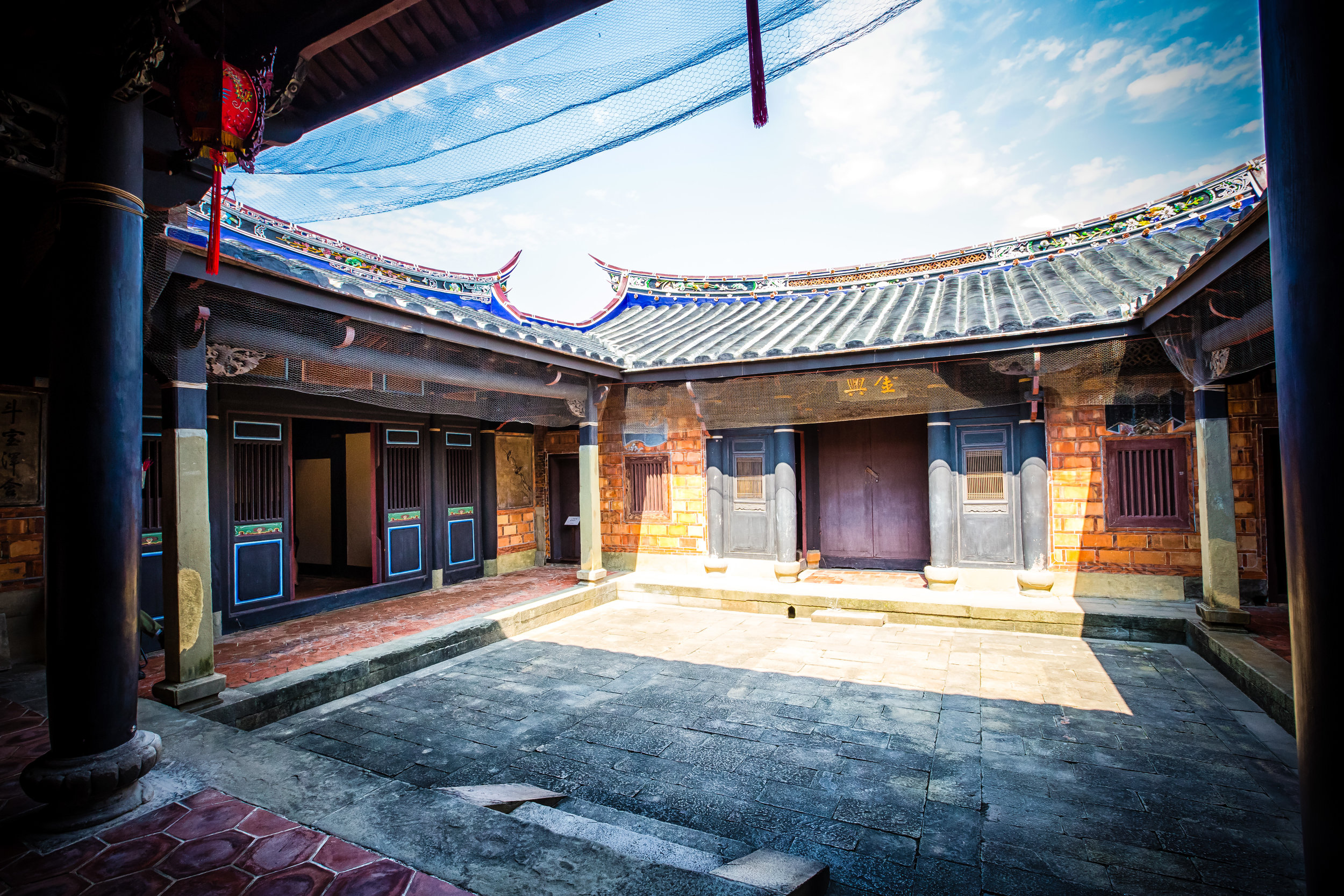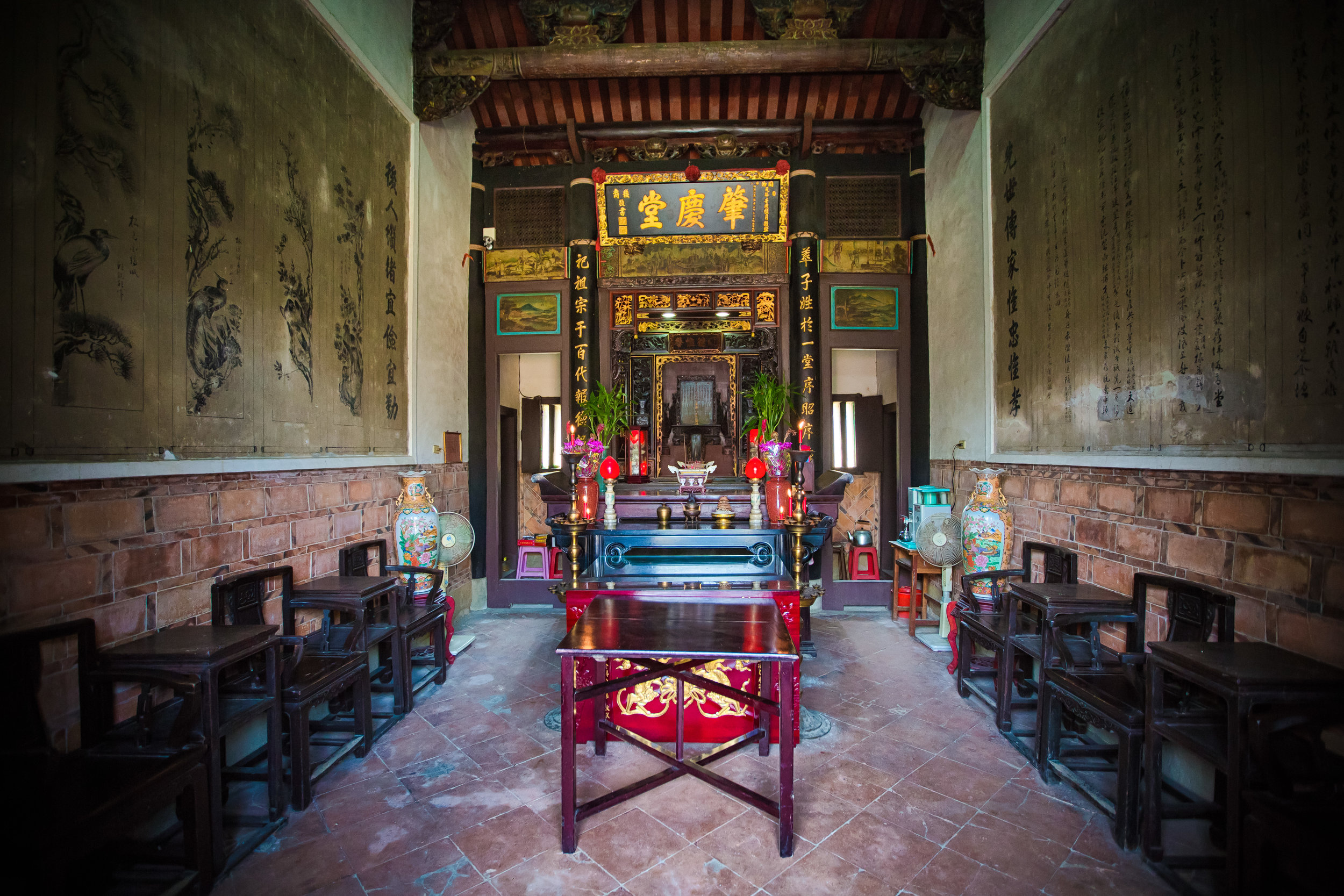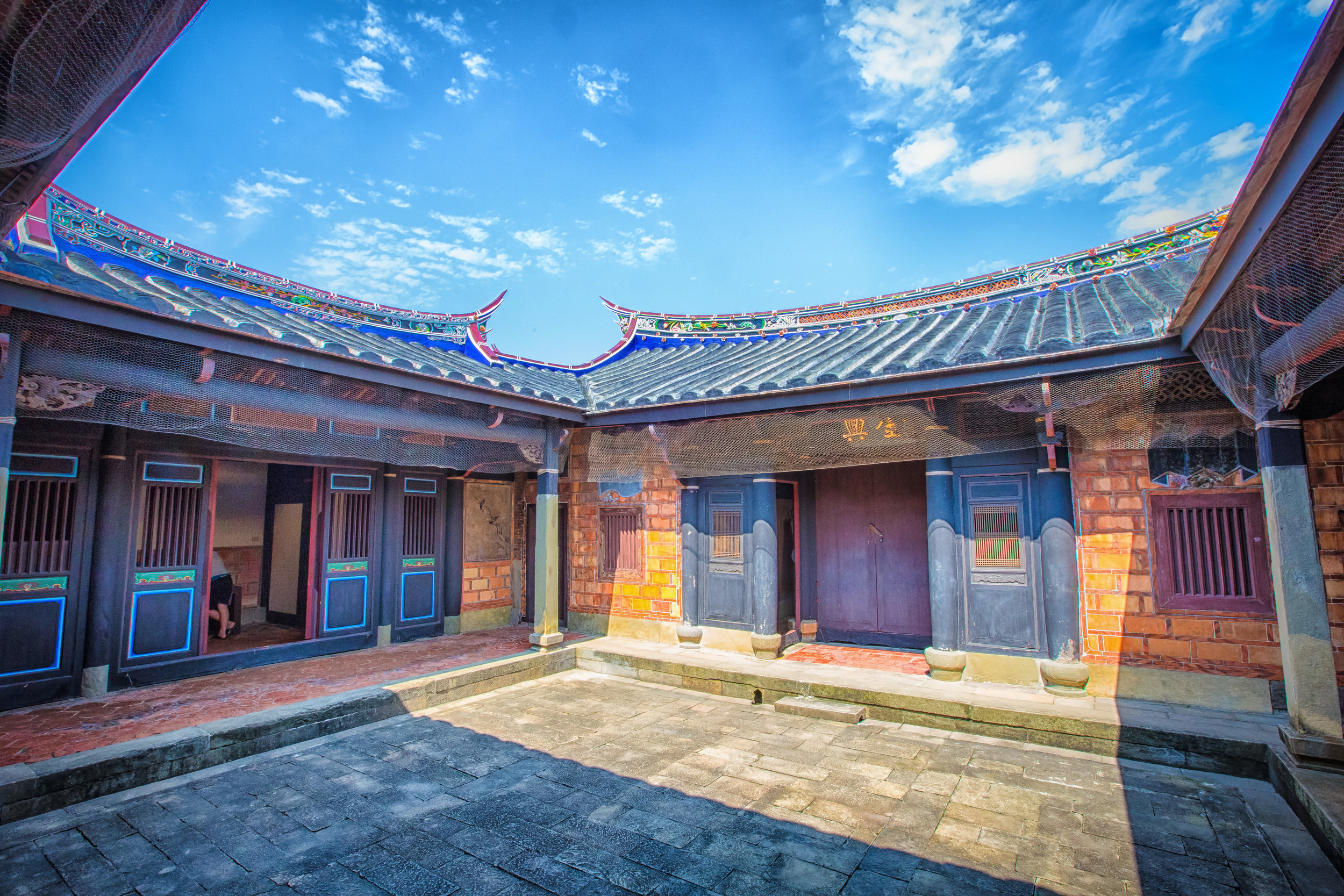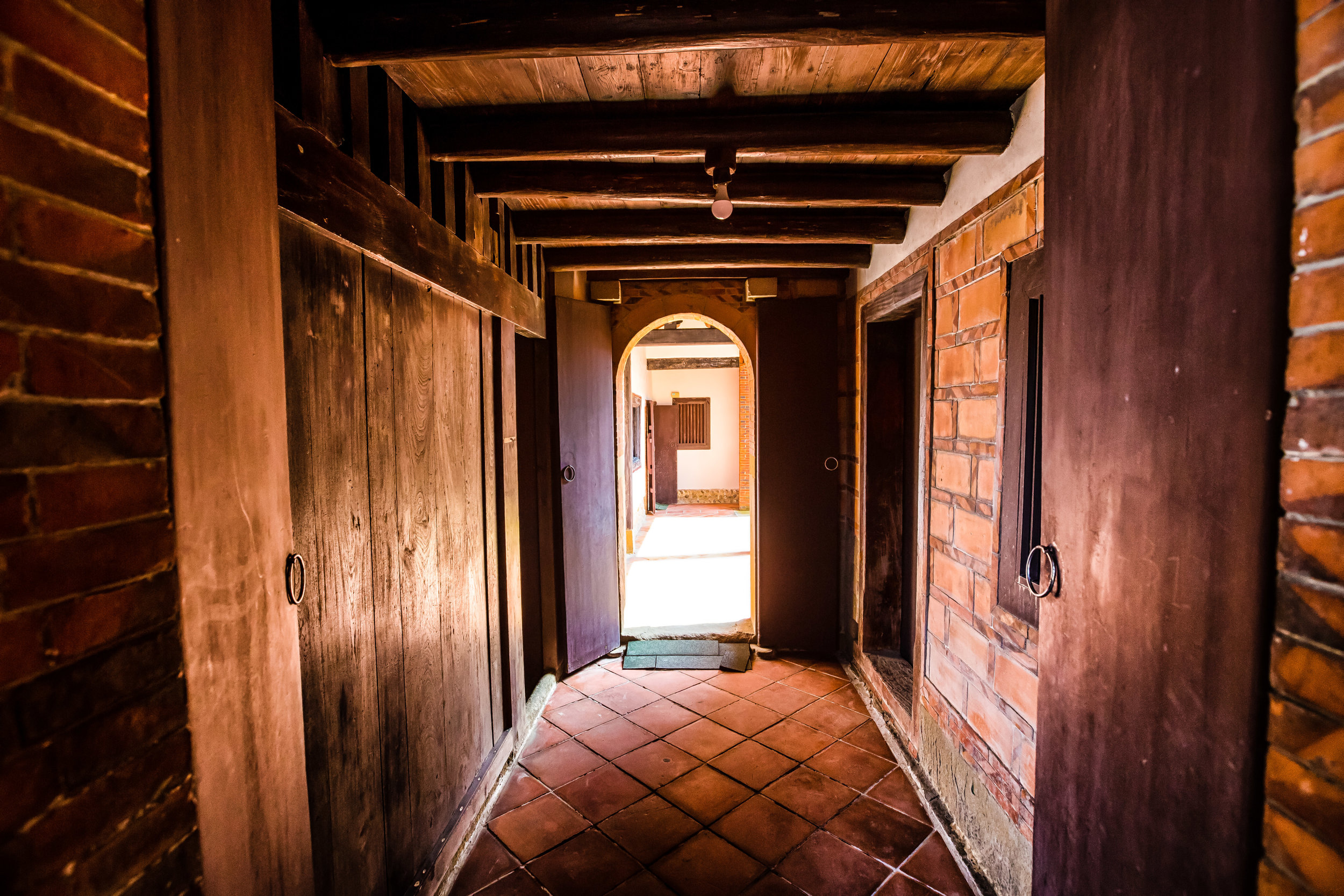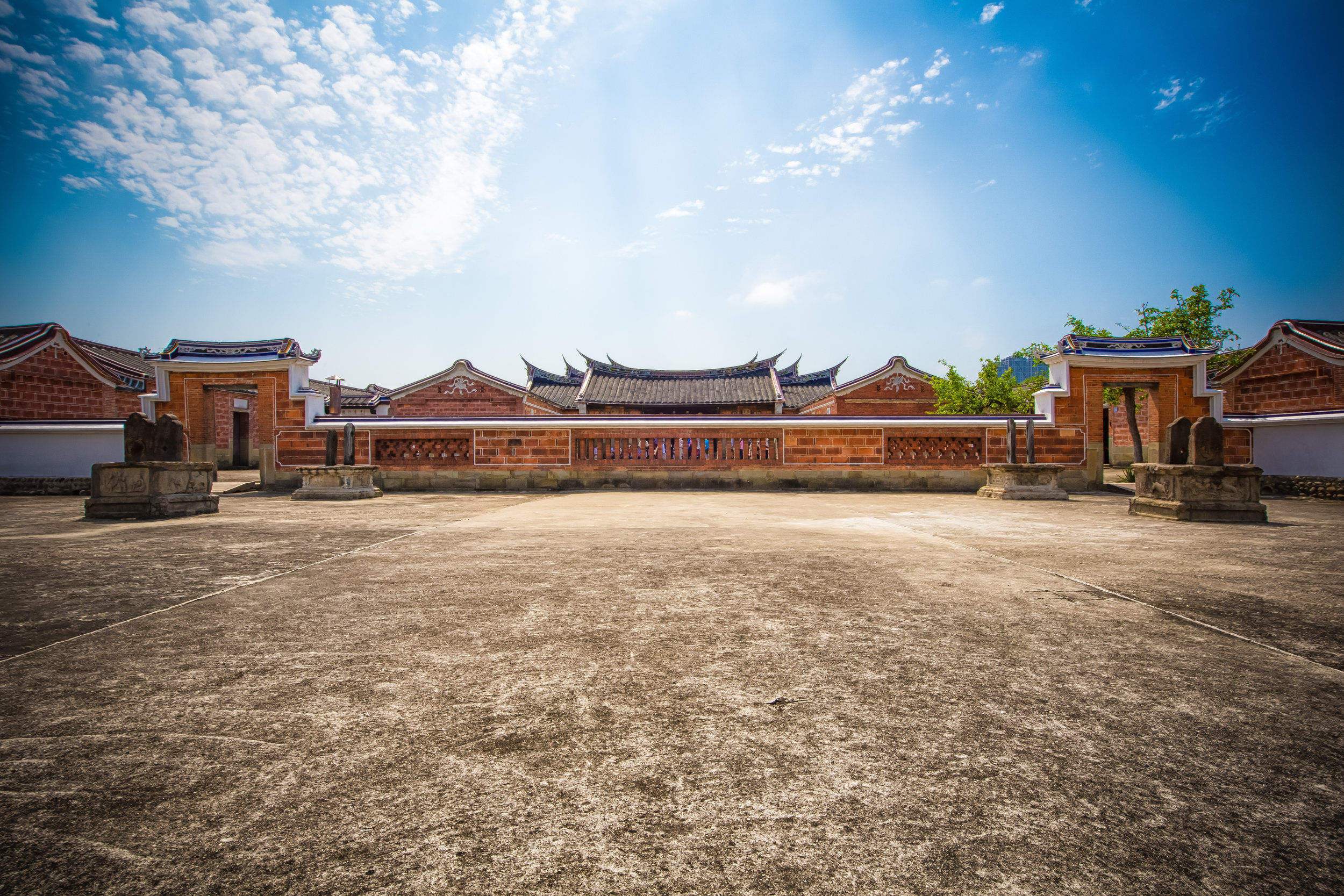A few months ago some friends put forward the idea of having an evening where we would celebrate “Taoyuan” with some great live music as well as showing off some photos. The idea was that I would put on a photo exhibition of photos specifically from Taoyuan so that people could see how beautiful this area really is while at the same time listening to some great music and enjoying craft beer at the same time.
For me, this was a pretty good opportunity not only to put on a solo exhibition but to show off the beauty of this area and also have a wonderful night with friends and good music.
Apart from making a fortune with my photography, one of my goals (as well as this blog) is to help show off the beauty of Taiwan and promote the country to the outside world.
While I've spent a considerable amount of time travelling all around the country taking photos with my camera, one of my passions is showing off Taoyuan and helping to change the hearts and minds of people who often say negative things about this area.
In my decade of living here I have had to put up with comments from people who haven’t spent much time in Taoyuan but somehow are all of the opinion that Taoyuan is a boring, polluted industrial town with nothing to do, no culture and most importantly no MRT.
Before my arrival I had done a bit of research about the area that I would be moving to and had seen quite a bit of these negative comments with people describing the area pejoratively as the “armpit” of Taiwan or the “wilds” as if Taoyuan were somehow some uncivilized place. After a bit of research I almost regretted my decision to move to the area and started thinking I should choose somewhere else.
Thankfully I stuck with it and came here anyway.
I'm willing to admit that my first impressions of the area were not that great, which in retrospect I think were probably affected by a lot of the reading I had done. I quickly got myself set up though and after buying a scooter I started exploring whenever I had free time and quickly found out that while the industrial parks here are dull, the scenery everywhere else is breathtaking.
If you are basing your opinion of Taoyuan on the areas around the Taoyuan or Zhongli train stations, then I can understand how you might not think this place would be a nice one to live. If you do a bit of exploring however you’ll realize that Taoyuan, with its mountains, valleys and beaches is just as beautiful as any other area in Taiwan.
Not only is there beautiful scenery here but also a vibrant history and a plethora of places for tourists to visit and enjoy.
Taoyuan ultimately may not (yet) have a super convenient MRT like Taipei does, but the area has a lot more going for it than you think and things have improved so drastically over the past few years that the Taoyuan of today is not the so-called “armpit” of the past.
When Taoyuan County (桃園縣) amalgamated into the supercity known as Taoyuan City (桃園市) the local government was able to start procuring more funds from the Central Government and a more equal share of tax dollars which allowed for it to invest more in itself than ever before.
The government has spent a considerable amount of money on restoring and promoting Taoyuan’s tourist spots, promoting local culture and building new parks that allow for local people and tourists to enjoy the history and beauty of this area. The results are noticeable all over the city and if you pay attention like I do you’ll find that there are new tourist spots opening up to the public quite often.
For me, I only see great things for the future of Taoyuan and as this city continues to change for the better, I think its reputation will also change and people will finally see Taoyuan the way I have looked at it for the last decade.
The event which was held on August 19th was titled “桃園夏到你” which was a typical Taiwanese play-on-words meaning that “Taoyuan will surprise you” but with the word “summer” (夏) instead of “surprise” (嚇).
The band that opened the event consisted of some handsome members of the expat community here in Taoyuan with some local Taoyuan residents and they performed for an hour before giving me time to stutter though a speech in Chinese about what I do and the photos I prepared to show how beautiful Taoyuan is.
Afterwards the band played another hour long set and the event ended around midnight.
A few weeks beforehand I uploaded some photos to Facebook in a private album and allowed some close friends to pick their favourites and made some large prints which were framed and hung on the wall.
I also prepared two photo books which showed off some of Taoyuan’s scenic locations and also the people and culture of the area. The photos that were in the books were also put on display on a slideshow on a big screen TV.
The amount of people that showed up for the event was amazing and the small venue was overcrowded with people who came to enjoy the music, beer and photos. The night was really fun and it seems like people had a great time!
If you weren’t able to make it but still want to check out the photos, they will be on display at “Hop In” for the next few months. Feel free to stop over to have a beer and check out the photos. You might even see me there writing a blog!
Hop In: 桃園市中壢區廣安街11號2樓 (2F. #11 Guang-An Street, Zhong-Li)
Before I end this I'd like to thank all the people who showed up to the event, the guys at Hop In for allowing us to use the space and Celine, Darwin, Joseph and the rest of the musicians who peformed that night!


